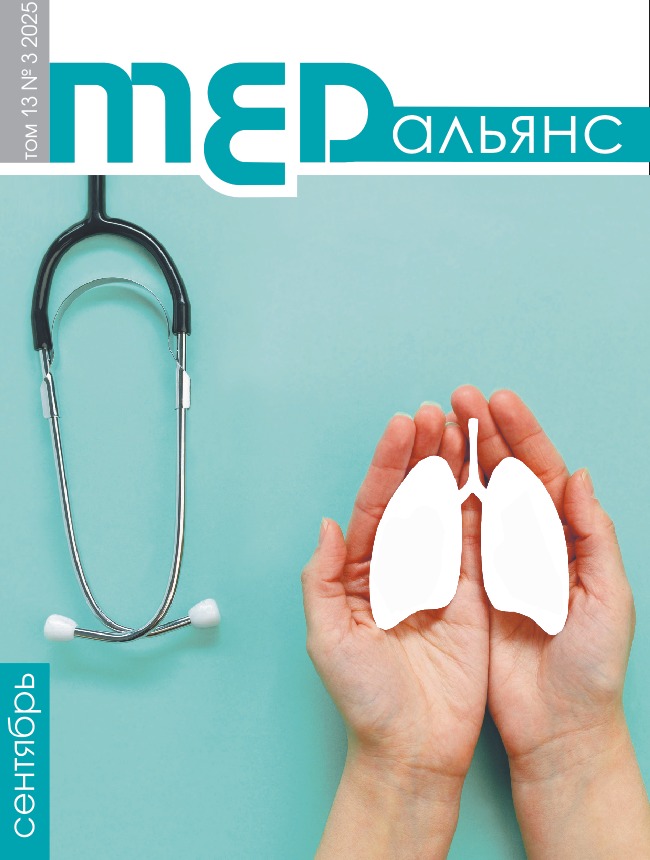Abstract
Extrapulmonary Tuberculosis (EPTB) presents a challenge due to difficulties in its detection and diagnosis, the diversity and subtlety of its clinical presentation, similarity with nonspecific diseases, and issues in statistics and reporting. Objective: to study the distribution of the burden of EPTB in Russia and worldwide. Methods. Data obtained from the WHO global tuberculosis database and official statistical surveillance forms from Russia were analyzed. In studying the worldwide distribution of EPTB, the definition of extrapulmonary tuberculosis (EPTB) was used, which includes all localizations except parenchymal lung involvement. In studying the prevalence of EPTB in Russia, distinctions were made between tuberculosis of extrapulmonary localizations (TEL) and tuberculosis of the respiratory organs of extrapulmonary localization (TREOL). Results. The highest proportion of EPTB cases was observed in countries around the Mediterranean and the Middle East. However, the greatest burden of EPTB was noted in Central and Southern Africa and Southeast Asia. In Russia, from 2015 to 2024, the burden of EPTB declined faster than its prevalence and incidence: 5.3, 3.0, and 2.5 times, respectively. The burden structure showed a decrease in urogenital tuberculosis (from 34% to 19%) alongside an increase in osteoarticular tuberculosis (from 39% to 46%), peripheral lymph node tuberculosis (from 10% to 17%), and tuberculous meningitis (from 2.7% to 5.4%). Geographic variations in EPTB burden were associated with HIV prevalence. The outcomes of EPTB included high mortality (12%) and a significant proportion of indeterminate outcomes (3.9%). Conclusion. The burden of EPTB generally mirrors the overall tuberculosis burden. The accelerated decline in EPTB burden in Russia is attributed to advancements in invasive diagnostic and therapeutic technologies, molecular genetic methods for diagnosis verification, and mandatory reporting of clinical cure post-treatment. Geographic disparities in EPTB burden within Russia are linked to HIV infection and the availability of specialists for managing EPTB at specific sites.

